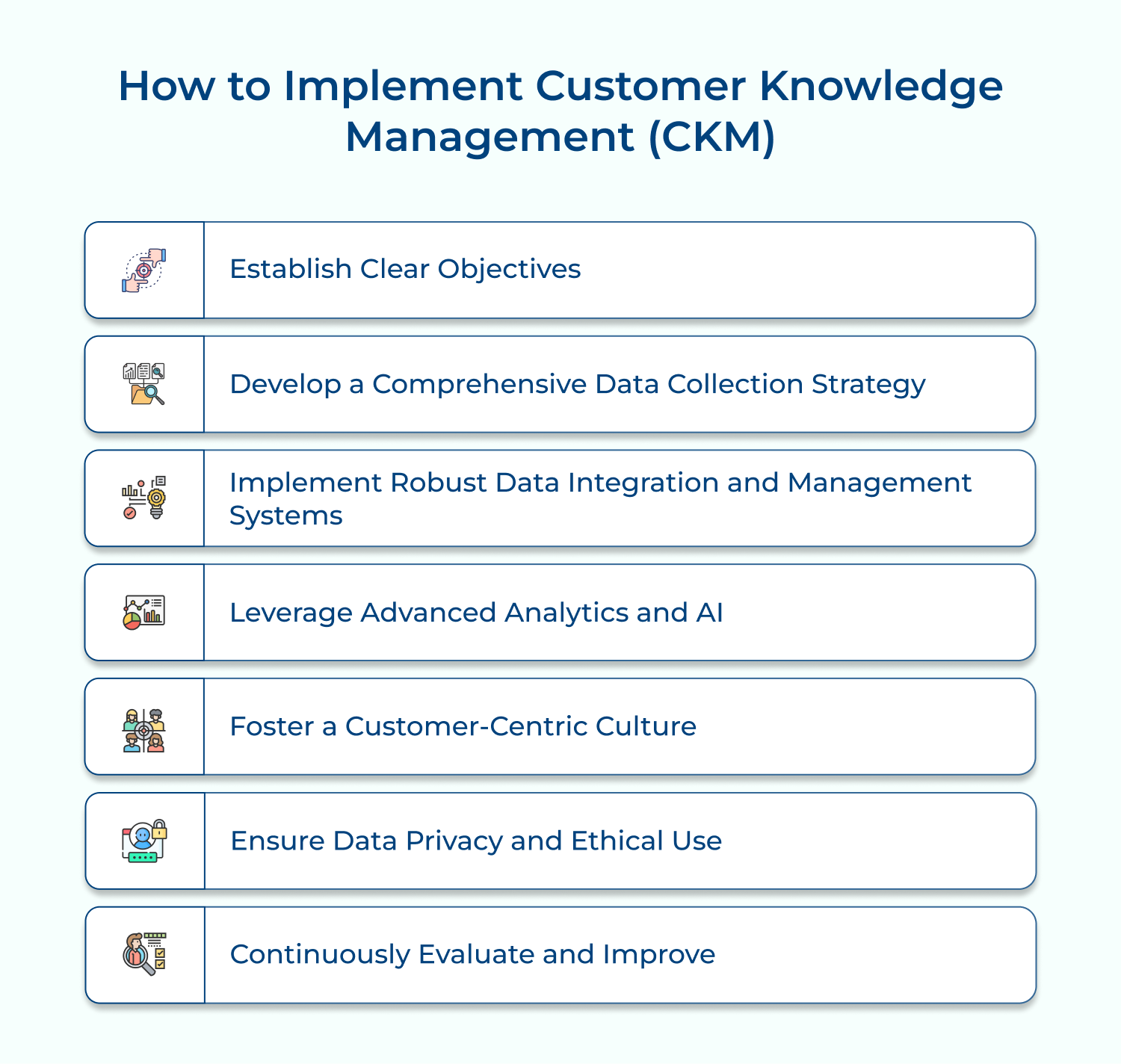1. Targeted Marketing Strategies
Targeted marketing strategies allow businesses to communicate more effectively with their audience, improving campaign performance and ROI. By tailoring messages to specific customer segments, companies can increase engagement, conversion rates, and customer acquisition while reducing marketing waste and improving cost-efficiency.
CKM enables targeted marketing by providing detailed customer profiles and segmentation data. This information can be used to create personalized marketing campaigns, select appropriate channels for different customer groups, and tailor messaging to resonate with specific audience segments. It allows for more precise targeting and timing of marketing efforts.
2. Loyalty Program Optimization
Optimizing loyalty programs is crucial for retaining customers and increasing their lifetime value. Well-designed loyalty programs can encourage repeat purchases, build emotional connections with the brand, and provide valuable data about customer preferences. They help businesses maintain a competitive edge by creating barriers to customer switching.
CKM can optimize loyalty programs by analyzing customer behavior, purchase history, and engagement patterns. This data can inform the design of rewards, personalize offers, and identify the most effective ways to engage different customer segments. It allows for dynamic adjustment of loyalty program elements to maximize their appeal and effectiveness.
3. Live Analytics and Stats
Live analytics are essential for making timely, data-driven decisions in today’s fast-paced business environment. They provide real-time insights into customer behavior, sales performance, and operational efficiency, allowing businesses to quickly identify trends, address issues, and capitalize on opportunities as they arise.
CKM can power live analytics by continuously collecting and processing customer data from various touchpoints. The real-time information can be displayed on dashboards, triggering alerts for significant events or trends. It enables immediate response to customer needs, swift adaptation of marketing strategies, and proactive management of potential issues.
4. Resource Allocation Optimization
Optimizing resource allocation ensures that limited resources (time, money, personnel) are directed towards the most impactful activities and highest-value customers. Proper resource allocation helps businesses maintain competitiveness, improve customer satisfaction, and drive profitability in a resource-constrained environment.
CKM informs resource allocation by providing insights into customer value, behavior patterns, and service needs. The data can guide decisions on where to invest in product development, which customer segments to prioritize for marketing or service improvements, and how to distribute resources across different channels or departments.
5. Rapid Adaptation to Market Changes
Rapid adaptation allows companies to stay relevant, capitalize on new opportunities quickly, and mitigate risks associated with market shifts. The ability to adapt swiftly can be a significant competitive advantage, helping businesses maintain market share and customer loyalty.
CKM facilitates rapid adaptation by providing real-time insights into changing customer preferences, emerging trends, and shifts in market dynamics. The data can be used to quickly adjust product offerings, marketing strategies, and service approaches. It enables businesses to make informed decisions quickly and pivot their strategies in response to market changes.
6. Consistent Brand Experiences
Consistent brand experiences are essential for building strong brand identity and driving loyalty. They ensure that customers have a cohesive interaction with the brand across all touchpoints, reinforcing brand values and promises. Consistency in brand experience reduces customer confusion and strengthens the overall brand perception.
CKM enables consistent brand experiences by providing a unified view of customer interactions across all channels. The comprehensive data can be used to ensure messaging, service quality, and product offerings are consistent across all touchpoints. It allows for personalized yet brand-aligned experiences, tailoring interactions while maintaining core brand elements.
Benefits of Customer Knowledge Management
The benefits of Customer Knowledge Management include improved customer satisfaction, and enhanced decision-making processes that contribute to overall business success.









